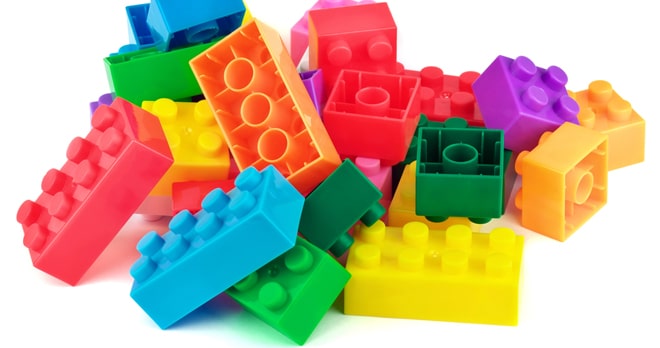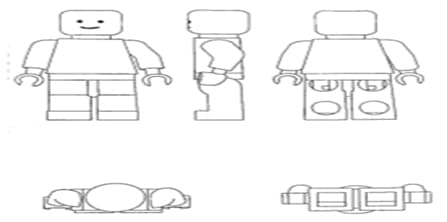LEGO figurine stands strong following European trade mark case

Many readers will be aware of Lego’s previous battle to secure trade mark registration in respect of the shape of the brick. Shape trade marks are theoretically permitted to be registered. However, Lego did not succeed in registering the shape of the brick, on the basis that the trade mark consisted ‘exclusively’ of the shape of the goods which was necessary to obtain a technical result. Read more about this case here: https://www.bbc.co.uk/news/business-11302614
Lego’s failure to secure registration of the brick effectively meant that competitors could also produce toy bricks. However, this does not appear to have dented Lego’s market hold and popularity with children (and perhaps some adults) as shown by its 2014 financial results (see Lego's financial results here). Furthermore, Lego has marched on from mere building blocks to licensing deals featuring Harry Potter, Star Wars and more recently Doctor Who sets, to name a few. Please see BBC's report here.
Lego's latest legal battle
In 2000, Lego registered the following three-dimensional community trade mark (CTM), which confers protection throughout the EU, in respect of games and playthings:
Best-Lock, a competitor of Lego, applied for a declaration of invalidity of the trade marks, on the following grounds:
- that the shape of the goods is determined by the nature of the goods themselves (e.g. – the possibility of joining the parts to other interlocking blocks); and
- that the toys, as a whole and in parts, provided technical solutions by being combined with other building blocks to create the figurines.
OHIM (the Office for Harmonisation of the Internal Market, which is the organisation that deals with registration of CTMs) rejected Best-Lock’s arguments. Best-Lock appealed to the General Court of the European Union. However, the General Court upheld the previous decision of OHIM, thereby agreeing with Lego.
The Court held as follows:
- Best-Lock had failed to provide any evidence to support the assertion that the shape of the goods was determined by the nature of the goods.
- The toys did not provide technical solutions by being combined with other building blocks because the graphical representation of the parts (e.g. the head, legs, arms etc) does not make the technical function clear. The fact that children can join the blocks together for play purposes does not constitute a “technical solution”.
The Court said in a statement: “The ‘result’ of that shape is simply to confer human traits on those figures.”
The result of the case means that Lego’s trade mark for its figurines remains. This secures Lego’s IP protection (in Europe) on its figurines and therefore a competitor cannot produce a figurine which is identical or confusingly similar to Lego’s. As trade marks exist forever, as long as renewal fees are paid, Lego’s protection on its figure will last forever.
Best-Lock, Lego’s competitor, will therefore be prevented from selling similar toy figures. It is reported, however, that Best-Lock will be launching an appeal; we will watch with interest and update you if any developments occur.
